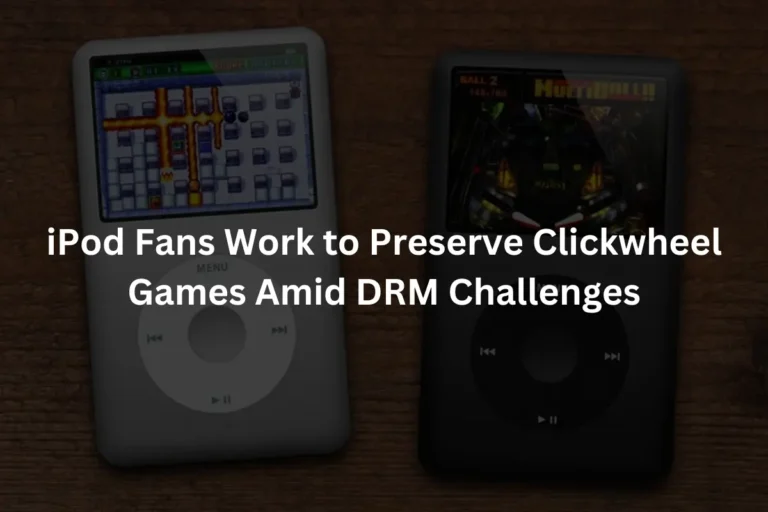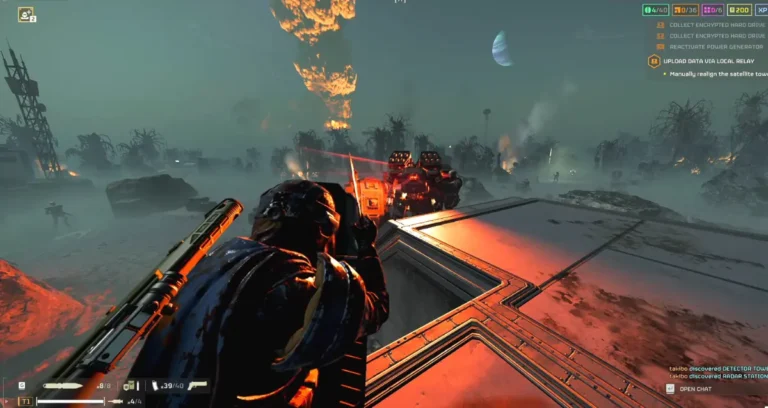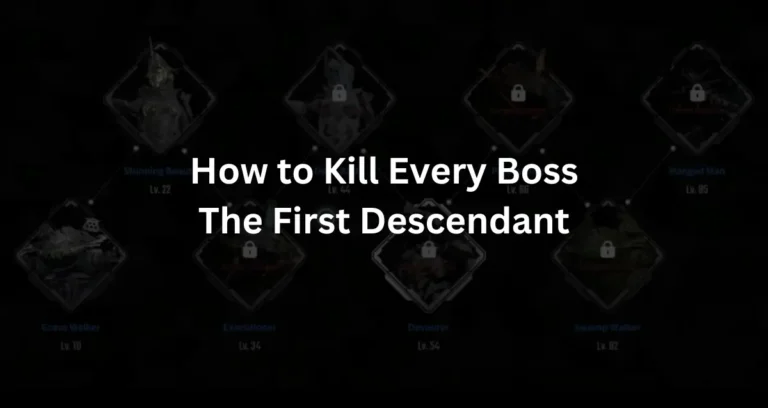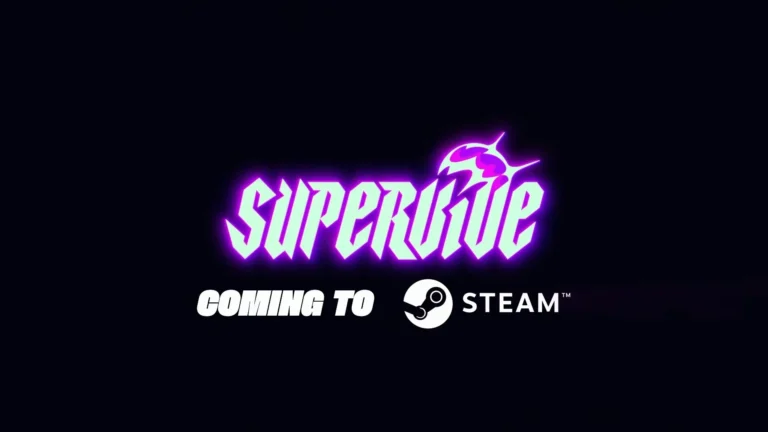Online Multiplayer Gaming: How It Was, How It Is, and Its Future
Multiplayer gaming has gone through one of the biggest transformations in gaming. Starting as a split-screen play on the same console to the point where a player at one corner of the Earth can connect to another player at the opposite edge, online multiplayer gaming has come a long way.
While a lot of this innovation is because of technological advancements, there are a lot of other factors that also come into play, such as development practices, the newer internet infrastructure, and the creativity of developers.
So, let’s dive into the history of multiplayer games, how they evolved into the games we play today, and the trends we will see in 2024 and beyond.
Early Days of Local Multiplayer
Shift from Offline to Online Multiplayer
The Impact of Social Gaming Platforms
Online Shared Worlds as the Future of Gaming
Early Days of Local Multiplayer
The 90s marked the rise of local multiplayer gaming. Consoles like the Sega Genesis and Super Nintendo Entertainment System (SNES) offered co-op play and competitive split-screen gameplay.
Some of the titles in that era became iconic, not only because of their gameplay but also due to their multiplayer game modes. Games like GoldenEye 007 and Super Mario Kart are still highly regarded by gamers due to the sheer amount of options they provide to gamers.
During that time, the internet wasn’t as common in households as it is today, which is why local couch co-op became extremely popular.
In this decade, we also experienced multiplayer through Local Area Network (LAN) parties, where gamers would connect their PCs to play games like Quake and Doom. These LAN parties promoted healthy competition between gamers which led to the rise of online gaming we see today.
Shift from Offline to Online Multiplayer
While you would find countless multiplayer games two decades ago, it seems like now there are barely any couch co-op games out there.
So, why are modern games shifting away from couch co-op?
There are a lot of reasons for this. Mainly, it’s about the hardware. Modern consoles like the PlayStation 5 and Xbox Series X are extremely powerful, yet not powerful enough to run two or more instances of a modern title, which is required for offline couch co-op play.
Not only that, another huge factor is money, since a lot of online multiplayer games are now live service games. This means that the games receive new content and updates even after the game is released. The developers can make money through micro-transactions, where in-game items are sold through a store in the game using virtual currency, and bought using real money.
In-game items aren’t popular in couch co-op games which is why financially it’s not feasible to add these features to modern games, especially when there are games out there like Fortnite and Grand Theft Auto V, which make millions of dollars.
Still, there are dozens of games you can enjoy if you’re missing that old couch co-op experience. We recommend games like A Way Out, It Takes Two, Cuphead, Borderlands, Overcooked, and Untitled Goose Game, which have full couch co-op support.
Rise of Multiplayer Gaming
In the 2000s, we saw a revolution in online gaming, especially since high-speed internet gained popularity. During this time, we saw games that set the benchmark for modern online gaming where gamers all around the world could connect to a server to play with other people.
Games like World of Warcraft and EverQuest attracted millions of players and popularized the Massively Multiplayer Online (MMO) game genre. The sixth generation of gaming consoles, including the PlayStation 2 and Xbox embraced multiplayer.
Groundbreaking titles like Call of Duty 4: Modern Warfare and Halo 2 introduced features like voice chat, matchmaking, and stat leaderboards that enhanced the social aspects of competitive gaming.
During this time, we saw countless other multiplayer games like Left 4 Dead 2, League of Legends, Team Fortress 2, Garry’s Mod, Counter-Strike, and countless others.

Evolution of Online Gaming
By 2010, online gaming was already in a great place. The online gaming scene was thriving and new multiplayer games were being released left and right. During this time, smartphones started to become popular, which prompted developers to create bite-sized multiplayer experiences for gamers on the go.
We saw a steady stream of multiplayer games being released like Clash of Clans and Pokémon GO, which brought multiplayer experiences to the small screen. By the late 2010s, we saw the release of Fortnite and PUBG Mobile, which were two of the biggest multiplayer games during that time.
This allowed more players to experience the game on their devices, which further skyrocketed their popularity.
Thanks to Fortnite, we also saw the rise of cross-platform play, which allowed gamers with different devices to play with each other. This was huge since this was the first time that gamers playing on two competing consoles could play with each other.
Soon, this became a norm with most games allowing cross-platform progression and play.
The Impact of Social Gaming Platforms
The internet has made a lot of new things possible in gaming. Not only can you play online games now, but it has also made it easy for developers to distribute games to a global audience of gamers using platforms like Steam and Epic Games, which also enable seamless online multiplayer experience.
This has also given a platform to indie developers, who can create and publish unique and innovative games that might not find a home in the traditional market.
Online multiplayer has also impacted the gaming industry by offering a new form of social interaction. Whether you’re teaming up with your friends to take down the new raid boss in Diablo, or going up against 99 other nameless players in Fortnite, online gaming has transcended the gaming bubble to become a cultural phenomenon.

The Role of the Internet
The Internet has had a huge role in the immense popularity of online gaming. At first, the Digital Subscriber Line (DSL) internet simply wasn’t fast enough to support the fast data transmission needed for online gaming.
However, it’s the rise of cable internet that helped online gaming grow to the level it is today. The Internet’s infrastructure has also exponentially improved over the years. This means that players experience gaming on faster servers, with lower latency, but also experience a wide variety of unique multiplayer games.
Not only that, but the price paid per megabyte also decreased significantly. While the internet cost is a little more than what we used to pay, the speed we get now is significantly higher than what we used to get a decade ago.
As an example, Xfinity internet plans start at around $25 and get you speeds of around 300 Mbps, which is great for gaming on up to two devices. Two decades ago, the basic speeds you would get were around 3 Mbps. That’s a 100x increase!
It’s not just the internet speeds that have increased over the years. Internet infrastructure has expanded, allowing lower latency and faster packet transfer, which is great for gamers who play a lot of competitive FPS games.
The Future of Online Gaming
While no one can predict the future, we can get an idea of what’s to come based on current trends.
One thing we can guarantee is new games. Some might provide you with a few hours of entertainment and slowly fade out of existence, whereas some like Valorant and Fortnite will gain millions of players and set a new standard for Esports.
In the next decade, we might also see the rise of Virtual Reality (VR), where a lot of us are going to experience a new way to play popular online games by wearing a headset and gloves that can translate our actions into real-life to be performed by our in-game character. Imagine playing VR multiplayer games with other players all over the globe.
Think about the OASIS in Ready Player One. How awesome is that going to be?
Mobile gaming is also going to reach new heights. As smartphones become more powerful, we are bound to see more console-quality titles come out on iOS and Android. Some experiences like Fortnite and PUBG Mobile already exist, while some like Rainbow Six Mobile and The Division Resurgence are set to launch sometime in 2024.
Online Shared Worlds as the Future of Gaming
It seems like every day, we see a new game that pushes the boundary by allowing more and more players to do several things in larger worlds at the same time.
Currently, the most number of players we see in some of the most popular games is around 100. We expect to see this increase during this generation since the PlayStation 5 and Xbox Series X consoles are extremely powerful, and the current internet infrastructure allows game developers to allow more players to connect to a single server.
FURTHER READING







